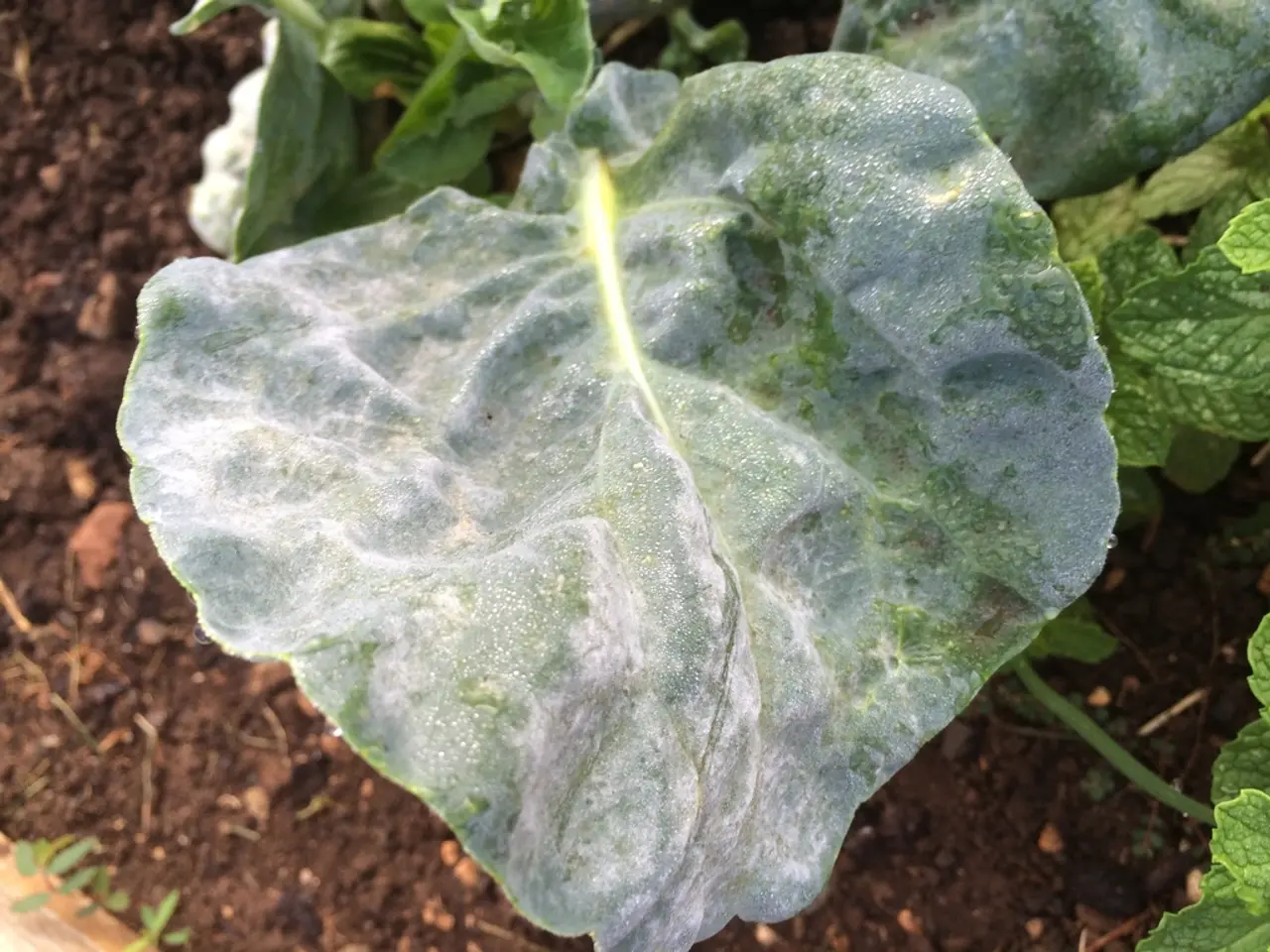Sanguineous-serous secretion: Description, reasons, and categories
Wound drainage is a common occurrence during the healing process, but understanding the different types and their characteristics can help in monitoring healing effectively and determining when medical intervention is necessary.
**Serous Drainage**
Clear, pale yellow, and thin watery fluid is characteristic of serous drainage. This type of drainage indicates normal healing and typically does not require medical attention unless excessive or persistent.
**Sanguineous Drainage**
Bright red, thin, and watery drainage consisting mainly of blood is known as sanguineous drainage. It is a natural part of the early healing process, helping keep the wound moist and signaling the immune system to begin healing. However, if it is excessive or prolonged beyond the typical early healing phase, medical evaluation is advised.
**Serosanguineous Drainage**
A mix of clear serous fluid and blood, resulting in a pinkish or light red, watery fluid, is known as serosanguineous drainage. This type of drainage is usually normal in the early stages of healing but should be monitored for changes.
**Purulent Drainage**
Thick, opaque fluid that can be white, yellow, gray, green, or brown and often has a foul odor is known as purulent drainage. This type of drainage indicates infection due to the presence of pus (dead cells, bacteria, and tissue). Associated symptoms may include fever, chills, increasing redness, pain, swelling, and possibly wound opening (dehiscence). Immediate consultation is needed if purulent drainage develops, indicating wound infection.
**Hemorrhagic Drainage**
Hemorrhagic drainage is active bleeding from the wound. This type of drainage is an emergency. Bright red and spurting blood indicates arterial injury, while dark red, steady flow indicates venous injury. Immediate medical care is vital as hemorrhagic drainage can be life-threatening and may require surgery, blood transfusions, or intravenous fluids to control bleeding.
In managing wound drainage, wound vac (vacuum-assisted closure) systems can help reduce pressure and manage wounds with drainage. Incision and Drainage (I&D) and various forms of debridement are medical procedures to manage infected wounds or abscesses by removing dead tissue or pus, thus promoting healing.
It is essential to cover wounds once the bleeding stops and the area is clean and treated. Applying direct, firm pressure with a clean cloth can help manage small wounds that hemorrhage. Anyone experiencing excessive serous drainage, thick, milky drainage, or a foul odor from their wound should visit the doctor. Anyone uncertain about the severity of a wound should seek medical attention. Knowing these drainage types and their characteristics helps in monitoring wound healing effectively and determining when medical intervention is necessary to prevent complications.
Understanding different medical conditions can also help in predicting potential complications during the healing process. For instance, individuals with Crohn's disease or ulcerative colitis may experience delayed wound healing due to ongoing inflammation in the gastrointestinal tract.
Type 2 diabetes can also affect wound healing by reducing blood flow and impairing the body's ability to repair tissue. Obesity is another health-and-wellness concern that can fuel the development of various complications during the healing process, including increased risk of infection and poor wound healing.
Bipolar, depressive disorders, and anxiety can also play a role in delaying or impairing wound healing. Migraine sufferers should be cautious during the healing process, as certain pain medications or stress may exacerbate the healing process.
Psoriasis and eczema may also manifest as skin issues around the wound site, making it essential to monitor and treat these conditions concurrently to ensure proper healing. Hepatitis, HIV, and cancer patients are at increased risk for complications due to compromised immune systems, requiring close monitoring and medical intervention.
Spondyltitis, ankylosing, and rheumatoid arthritis can affect joint mobility and movement, making it challenging to properly care for and manage wounds. COPD patients may experience impaired lung function and increased susceptibility to infection during the healing process.
Preparation, such as gathering information about medical conditions, understanding medication side effects, and knowing symptoms to watch for, is crucial for managing wound healing effectively. Accident and falls can also result in wounds, making it essential to learn first aid and proper wound care techniques to prevent complications until medical assistance is obtained.
Incorporating science-backed health-and-wellness practices, such as maintaining a balanced diet, getting adequate sleep, and engaging in regular exercise, can help support the body's natural healing process. Regular visits to the doctor during the healing process will enable close monitoring of the wound and address any potential complications, such as signs of infection or abnormal drainage, on time.




